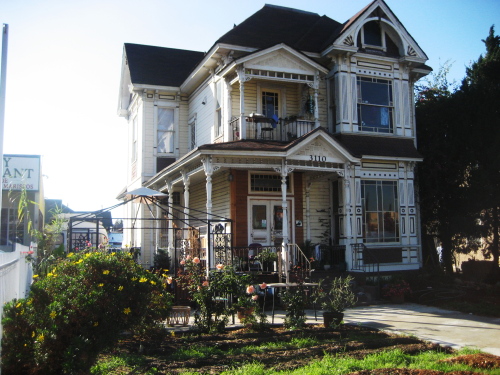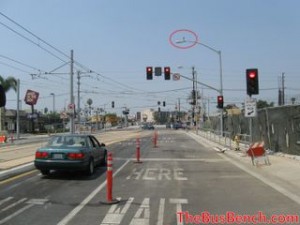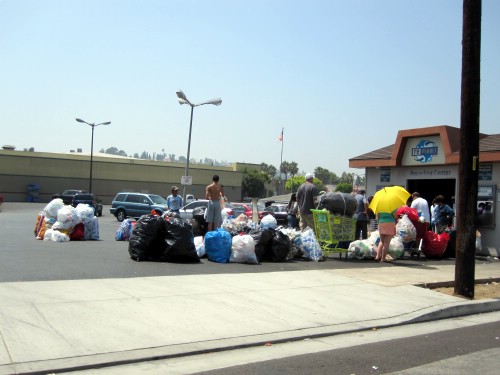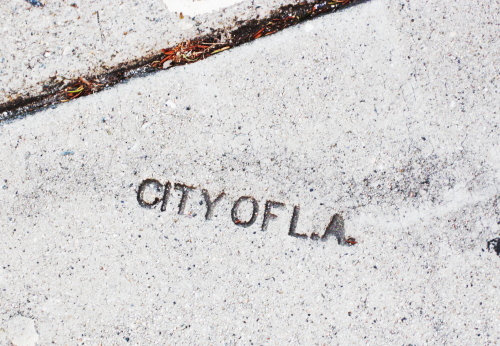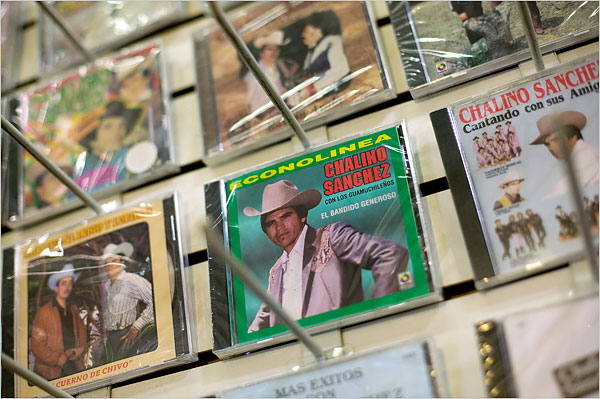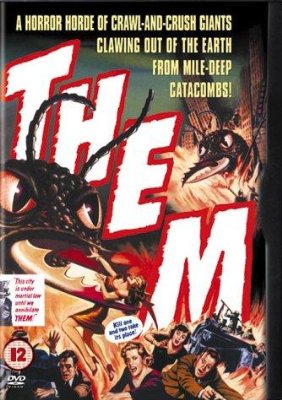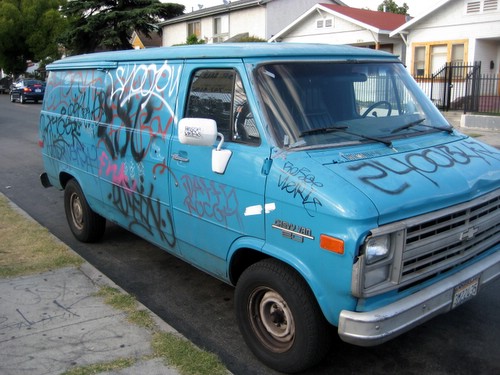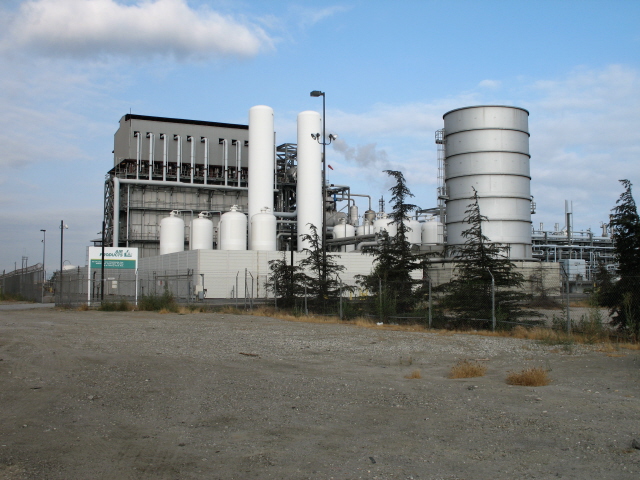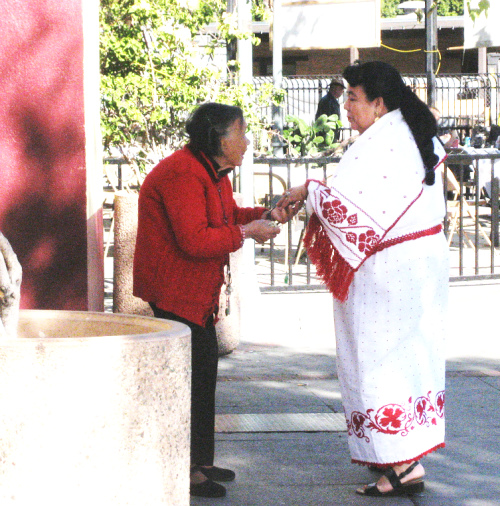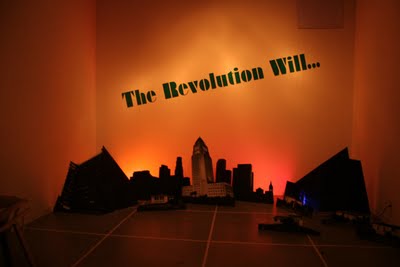
Originally posted at www.therevolutionwill.blogspot.com
by Sandra De La Loza
Imagining Revolution, 2019..what do you think?
Some quotes from responses to what a revolution in Los Angeles, 2019 (the year the film Bladerunner, was set in), might look like…
We find the cop inside of us all… hold onto him as if he were the mouse in the trap and than we fucking kill him.
..cops that manifest in judgement, in self criticism, I would kill the cop inside of me and hope that everyone else could to in the name of revolution.
Raquel Gutierrez
The process is already in place to screw out any dissent and to starve out creative thought. That combination of creative thought and action poses a great threat to a fascist lifestyle.
To be successfully revolutionary one will have to internalize it, and live with it as a concept as a way of life, while participating in daily life.
Harry Gamboa
I think of olmstead’s original plan for the LA river as this greenway that connects the city. The freeway may be that, and each little pocket park along of olmsteads plan for the la river is the neighborhoods along it and the neighborhoods could travel up and down the river trading food and fruit with each other… that’s a green vision for a radical revolution that could totally redefine the city.
It’s just amazing to imagine this city that’s just so defined by its freeways actually to be defined by its little neighborhoods and its pockets and as the freeways begin to erode like the New York City skyline, the freeways themselves begin to erode, the freeways themselves become garden passageways for the local neighborhoods to flower and feed themselves.
Robby Herbst
For more info on architect Frederick Law Olmsted’s 1930’s vision of a green LA check out: http://www.cityprojectca.org/ourwork/olmsted.html
For more: http://therevolutionwill.blogspot.com/
-Sandra De La Loza
